Content Menu
● Understanding Swimwear Materials
>> Polyester: The Durable Choice
>> Nylon: Lightweight and Flexible
>> Elastane (Spandex/Lycra): Stretch and Fit
>> PBT: The Competitive Swimmer's Fabric
● Why Avoid Cotton?
● Choosing the Right Swimwear Material
● Additional Factors Influencing Swimwear Selection
>> Design Features
>> Size and Fit
>> Gender-Specific Considerations
>> Age Appropriateness
● Care Tips for Swimwear
● Visual Aids
● Frequently Asked Questions
>> 1. What is the best material for water park swimwear?
>> 2. How do I maintain my swimwear?
>> 3. Are there eco-friendly swimwear options?
>> 4. Why should I avoid cotton swimsuits?
>> 5. Can I find stylish swimwear that's also functional?
>> 6. What features should I look for when buying kids' swimwear?
>> 7. How do I choose between a bikini and a one-piece?
>> 8. Is there any specific care needed after using my swimsuit?
>> 9. Can I wear regular athletic wear instead of swimsuits?
>> 10. What should I consider regarding fit when purchasing swim trunks?
● Conclusion
● Citations:
When planning a day at a water park, selecting the right swimwear material is essential for comfort, performance, and durability. Water parks are filled with various attractions that involve splashing, sliding, and soaking, which means that swimwear needs to withstand these conditions while providing a secure fit. This article will explore the best materials for swimwear suitable for water parks, their properties, and why they are preferred over others.

Understanding Swimwear Materials
Swimwear is typically made from a variety of synthetic fabrics designed to provide comfort and functionality in wet environments. The most common materials include:
- Polyester
- Nylon
- Elastane (Spandex/Lycra)
- PBT (Polybutylene Terephthalate)
Each of these materials has unique properties that make them suitable for different swimming activities.
Polyester: The Durable Choice
Properties:
Polyester is one of the most popular choices for swimwear due to its durability and resistance to chlorine. It is known for:
- Quick-drying: Polyester dries faster than many natural fibers, making it ideal for water activities.
- Chlorine resistance: This fabric holds up well against chlorine, which is prevalent in water parks and pools.
- UV protection: Polyester provides some level of UV protection, which is beneficial during sunny days at the park.
Advantages:
- Retains color well, preventing fading.
- Less prone to stretching out over time compared to other fabrics.
- Comfortable against the skin, making it suitable for extended wear.
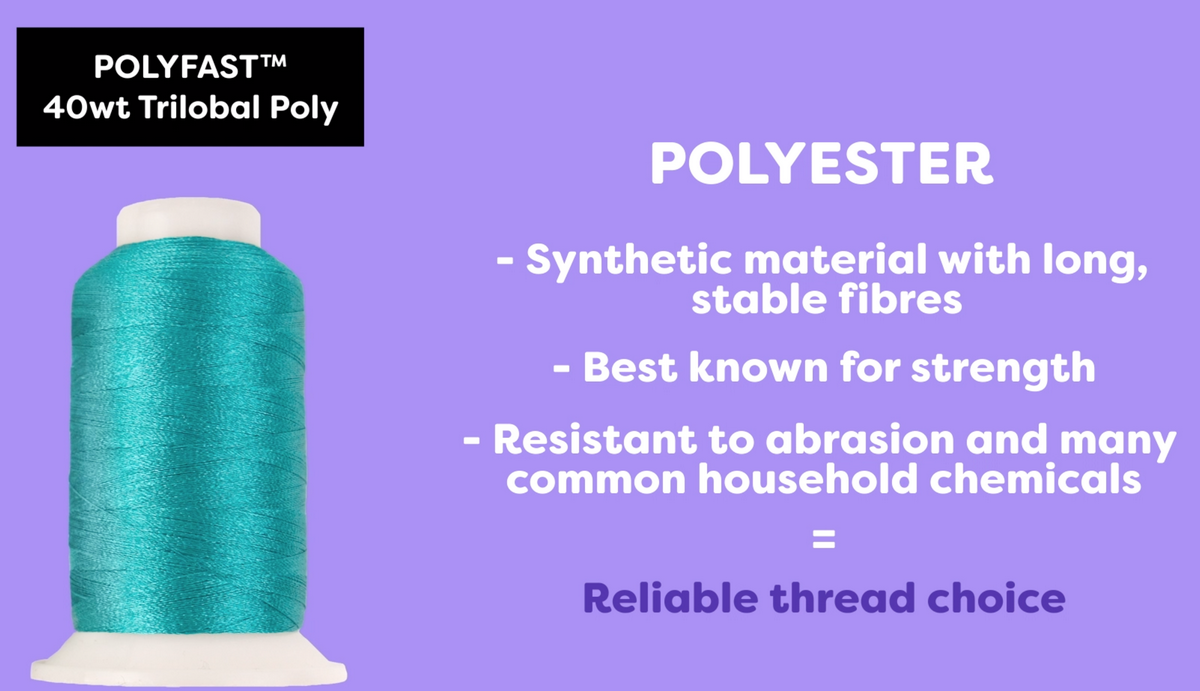
Nylon: Lightweight and Flexible
Properties:
Nylon is another popular fabric used in swimwear. Its characteristics include:
- Soft texture: Nylon feels smooth against the skin, providing comfort.
- Quick-drying: Like polyester, nylon dries quickly after being submerged in water.
- Stretchability: Nylon has good stretch properties, allowing for freedom of movement.
Advantages:
- Lightweight and breathable, making it perfect for hot weather.
- Offers a sleek look that many find appealing in swimwear design.
However, it's worth noting that nylon is less resistant to chlorine than polyester, which can lead to quicker degradation if frequently used in chlorinated environments.
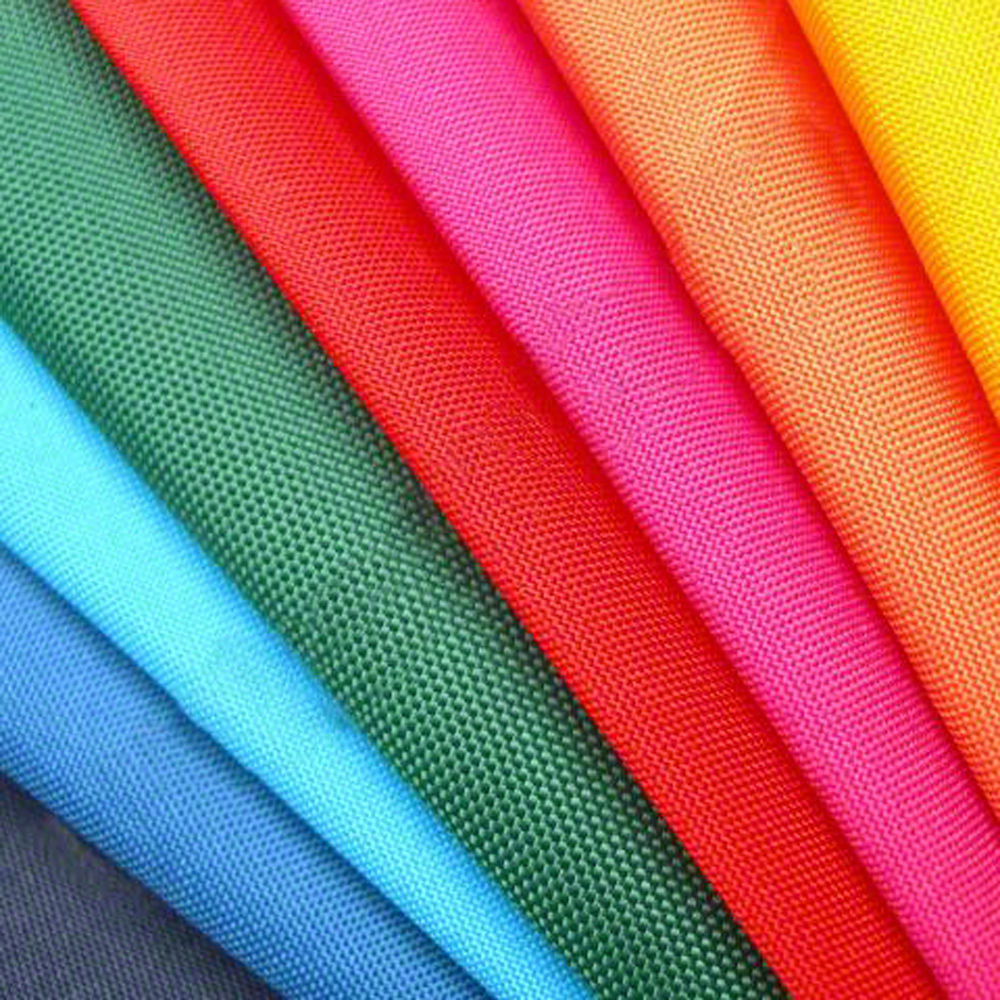
Elastane (Spandex/Lycra): Stretch and Fit
Properties:
Elastane (also known as Spandex or Lycra) is often blended with other materials to enhance their stretchability. Its key features include:
- Exceptional elasticity: Elastane can stretch significantly and then return to its original shape.
- Comfortable fit: It allows swimwear to hug the body closely without restricting movement.
Advantages:
- Provides a snug fit that enhances performance in the water.
- Often blended with polyester or nylon to create a balanced fabric with both durability and stretch.
Despite its advantages, elastane alone is not ideal for swimwear due to its susceptibility to chlorine damage. Therefore, it is commonly used in blends.
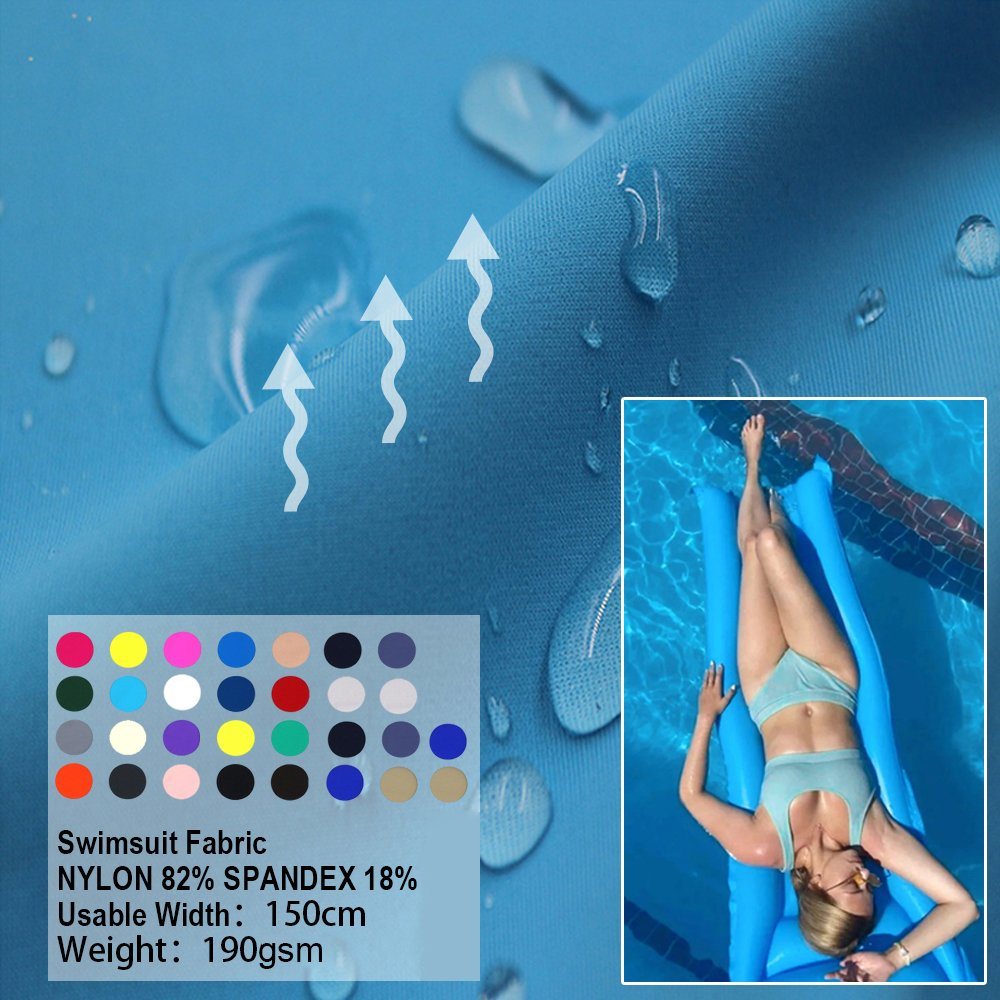
PBT: The Competitive Swimmer's Fabric
Properties:
PBT is a type of polyester known for its unique properties:
- High elasticity: PBT offers excellent stretch while maintaining its shape.
- Chlorine resistance: It resists chlorine much better than standard nylon.
Advantages:
- Ideal for competitive swimwear due to its ability to reduce drag in the water.
- Retains color well and does not fade easily.
PBT is often used in racing suits but can also be found in recreational swimwear designed for water parks.
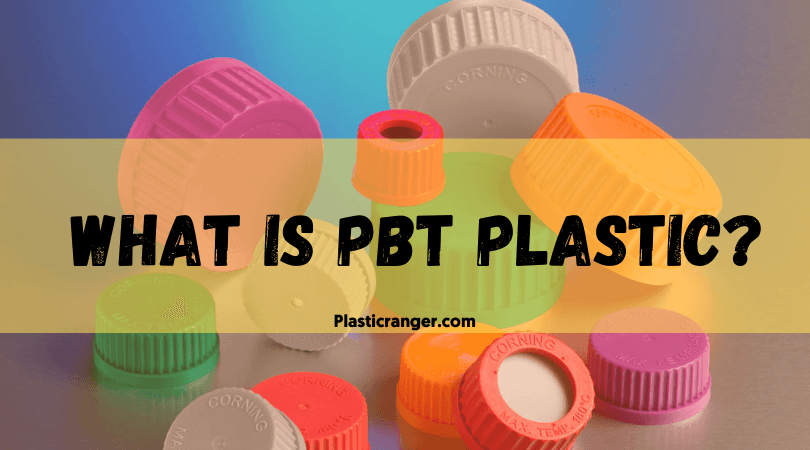
Why Avoid Cotton?
While cotton may seem like a comfortable option for casual outings, it is not suitable for water parks due to several reasons:
- Absorbency: Cotton absorbs water quickly, becoming heavy and uncomfortable when wet.
- Slow drying: It takes longer to dry compared to synthetic materials, which can lead to discomfort during activities.
For these reasons, cotton should be avoided when choosing swimwear for water parks.
Choosing the Right Swimwear Material
When selecting swimwear for a day at the water park, consider the following factors:
1. Activity Level: If you plan on engaging in high-energy activities like slides or wave pools, opt for materials that offer good stretch and durability (like polyester blends).
2. Comfort: Look for fabrics that feel good against your skin. Soft materials like nylon or blends with elastane can enhance comfort during wear.
3. Durability: Choose fabrics that resist chlorine if you plan on frequent visits to water parks. Polyester and PBT are excellent choices here.
4. Fit: Ensure your swimwear fits well without being too tight or loose. A snug fit will help prevent wardrobe malfunctions during active play.
5. Style Preferences: Consider your personal style when choosing colors and patterns available in different materials.
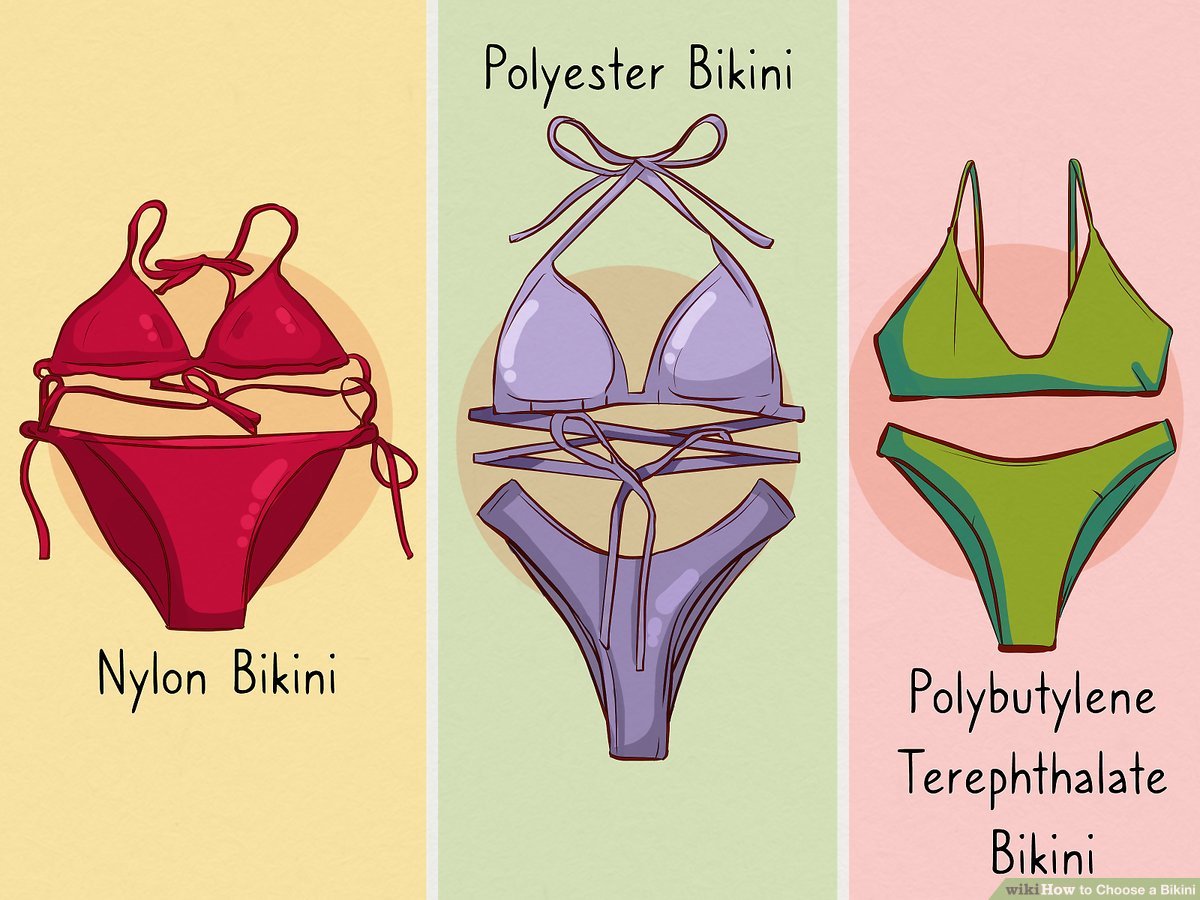
Additional Factors Influencing Swimwear Selection
In addition to material properties, several other factors can influence your choice of swimwear at water parks:
Design Features
Swimwear comes in various designs—ranging from one-pieces to bikinis and board shorts. Each design offers different levels of coverage and support. For example:
- One-piece swimsuits provide full coverage and are often preferred by those who engage in more vigorous activities as they stay securely in place.
- Bikinis offer less coverage but allow for greater freedom of movement; however, they may require more adjustments during active play.
Size and Fit
Proper sizing is crucial when selecting swimwear. A well-fitted swimsuit enhances comfort and prevents chafing or slipping during activities. Considerations include:
- Checking size charts provided by manufacturers.
- Trying on different styles since cuts may vary between brands.
Gender-Specific Considerations
Men's and women's swimwear often differ significantly in style and function. Men's swimsuits may include board shorts or fitted trunks designed for various levels of activity. Women's options often feature more diverse styles with varying levels of support built into the design (e.g., underwire or padding).
Age Appropriateness
Swimwear choices may also depend on age groups. For instance:
- Younger children might benefit from swimsuits with built-in UV protection or rash guards that provide additional coverage against sun exposure.
- Teens may prefer trendier styles that reflect current fashion trends while still offering functionality.
Care Tips for Swimwear
To ensure your swimwear lasts as long as possible while maintaining its appearance and functionality, follow these care tips:
1. Rinse Immediately After Use: Rinse your swimsuit with fresh water immediately after leaving the pool or water park. This helps remove chlorine or saltwater residue that can degrade fabric over time.
2. Avoid Heat: Do not wring out your swimsuit or place it in a dryer; instead, gently press out excess water and lay it flat or hang it up to dry away from direct sunlight.
3. Use Mild Detergent: If washing your swimsuit at home, use a mild detergent specifically designed for delicate fabrics; avoid bleach or harsh chemicals that could damage fibers.
4. Store Properly: Store your swimsuits away from direct sunlight in a cool area; avoid folding them tightly as this can cause creases or damage elastic fibers over time.
5. Rotate Your Swimwear: If you frequently visit water parks or pools, consider rotating between multiple swimsuits to allow each piece time to recover from wear and tear.
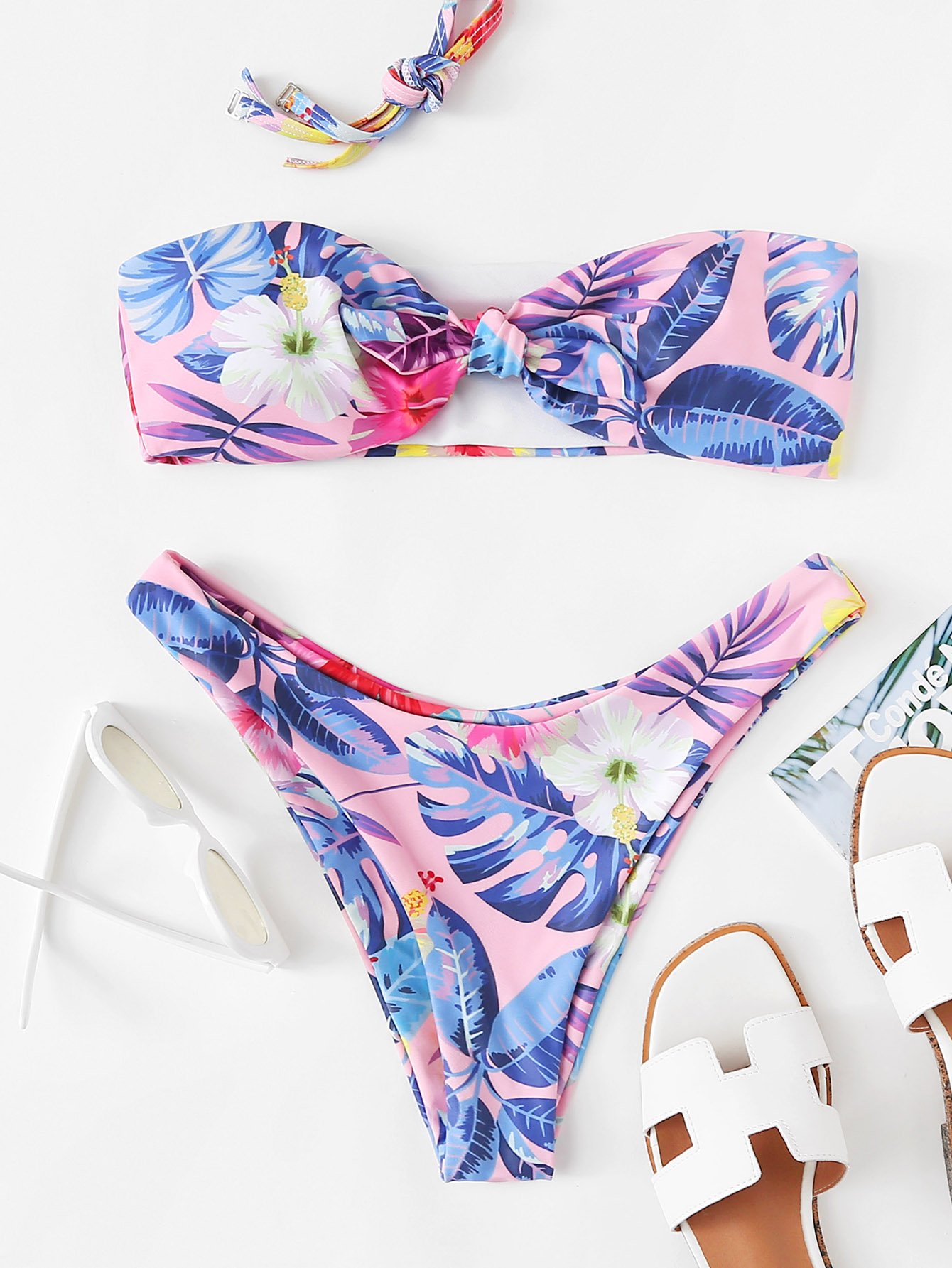
Visual Aids
To enhance understanding of these materials further, consider including diagrams or infographics showing the properties of each fabric type. Videos demonstrating how different fabrics perform in water could also be beneficial. For instance:
- DID I FIND THE PERFECT WATERPARK SWIMSUIT?! | SPEND THE DAY WITH US! (vlog #218)
- The Ultimate Guide To Sewing Swimwear and Activewear
Water Park Essentials | What to Wear to a Water Park, Things to Carry to a Water Park
Frequently Asked Questions
1. What is the best material for water park swimwear?
- Polyester blends with elastane are ideal due to their durability and stretchability.
2. How do I maintain my swimwear?
- Rinse with fresh water after use and avoid harsh detergents; hang dry away from direct sunlight.
3. Are there eco-friendly swimwear options?
- Yes! Look for brands using recycled polyester or sustainable materials like Econyl made from ocean waste.
4. Why should I avoid cotton swimsuits?
- Cotton absorbs water and takes longer to dry, making it uncomfortable during water activities.
5. Can I find stylish swimwear that's also functional?
- Absolutely! Many brands offer fashionable designs that incorporate performance fabrics suitable for active use at water parks.
6. What features should I look for when buying kids' swimwear?
- Look for UV protection, adjustable straps, comfortable fits without irritating seams, and fun designs that appeal to children.
7. How do I choose between a bikini and a one-piece?
- Consider your comfort level with coverage; one-pieces provide more support during vigorous activities while bikinis allow more freedom but may require adjustments during play.
8. Is there any specific care needed after using my swimsuit?
- Yes! Always rinse it immediately after use and avoid wringing it out; air dry away from direct sunlight to maintain elasticity and color vibrancy.
9. Can I wear regular athletic wear instead of swimsuits?
- While some athletic wear may be quick-drying, they are not designed specifically for swimming; it's best to choose proper swimwear designed for aquatic environments.
10. What should I consider regarding fit when purchasing swim trunks?
- Ensure they fit snugly around the waist without being too tight; check length preferences based on personal style—shorter trunks offer more freedom while longer ones provide additional coverage.
Conclusion
Choosing the right swimwear material is crucial for enjoying your time at a water park comfortably and safely. Polyester stands out as the most durable option due to its resistance to chlorine and quick-drying properties. Meanwhile, nylon offers flexibility and comfort, while elastane enhances fit through its stretchability. By avoiding cotton and focusing on synthetic blends designed specifically for aquatic environments, you can ensure an enjoyable experience at any water park attraction while also considering factors like design features, size appropriateness, care tips, and personal style preferences.

Citations:
[1] https://liquidplanetwaterpark.com/what-to-wear-to-a-waterpark/
[2] https://paramatex.com/journal/swimwear-fabrics-that-suit-in-the-pool/
[3] https://www.kiefer.com/blog/post/the-science-behind-swimwear-fabric.html
[4] https://www.tessuti-shop.com/products/water-park-paisley-swimwear
[5] https://www.youtube.com/watch?v=a7i0SASE8ZI
[6] https://www.youtube.com/watch?v=rhvivCNIWdU
[7] https://www.abelyfashion.com/which-fabric-is-common-for-making-swimwear.html
[8] https://deepwear.info/blog/swimwear-manufacturing/
[9] https://aquaimagicaa.com/water-park/clothing-and-footwear/
[10] https://www.originalwatermen.com/blog/what-is-the-best-fabric-for-chlorine-resistant-swimwear/
[11] https://www.halocline.co.uk/blogs/news/the-best-swimsuits-for-a-water-park
[12] https://swimwearbali.com/the-best-swimsuit-fabric-a-guide-for-swim-labels/
[13] https://www.cheekychickadeestore.com/pages/best-swimsuit-materials









































